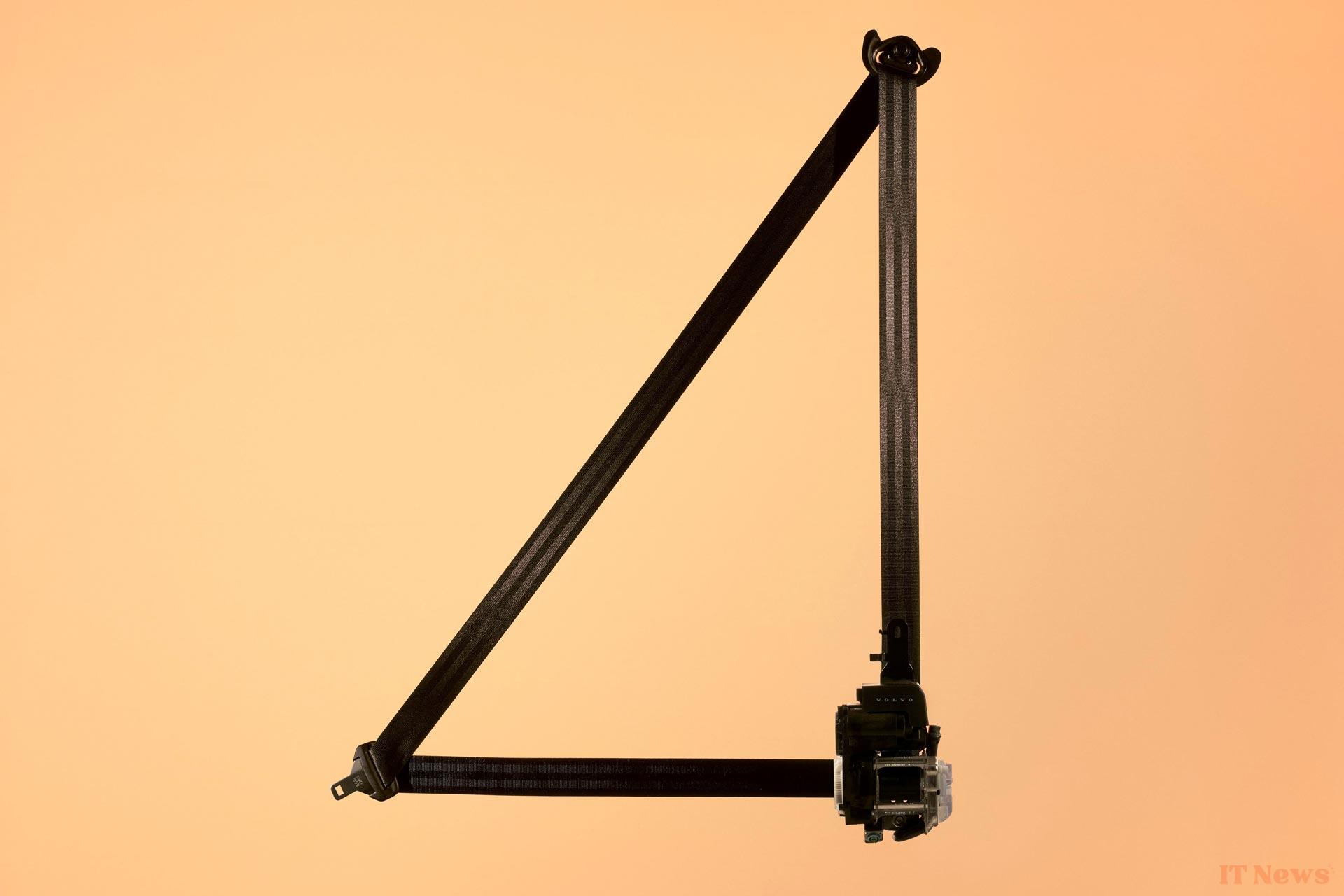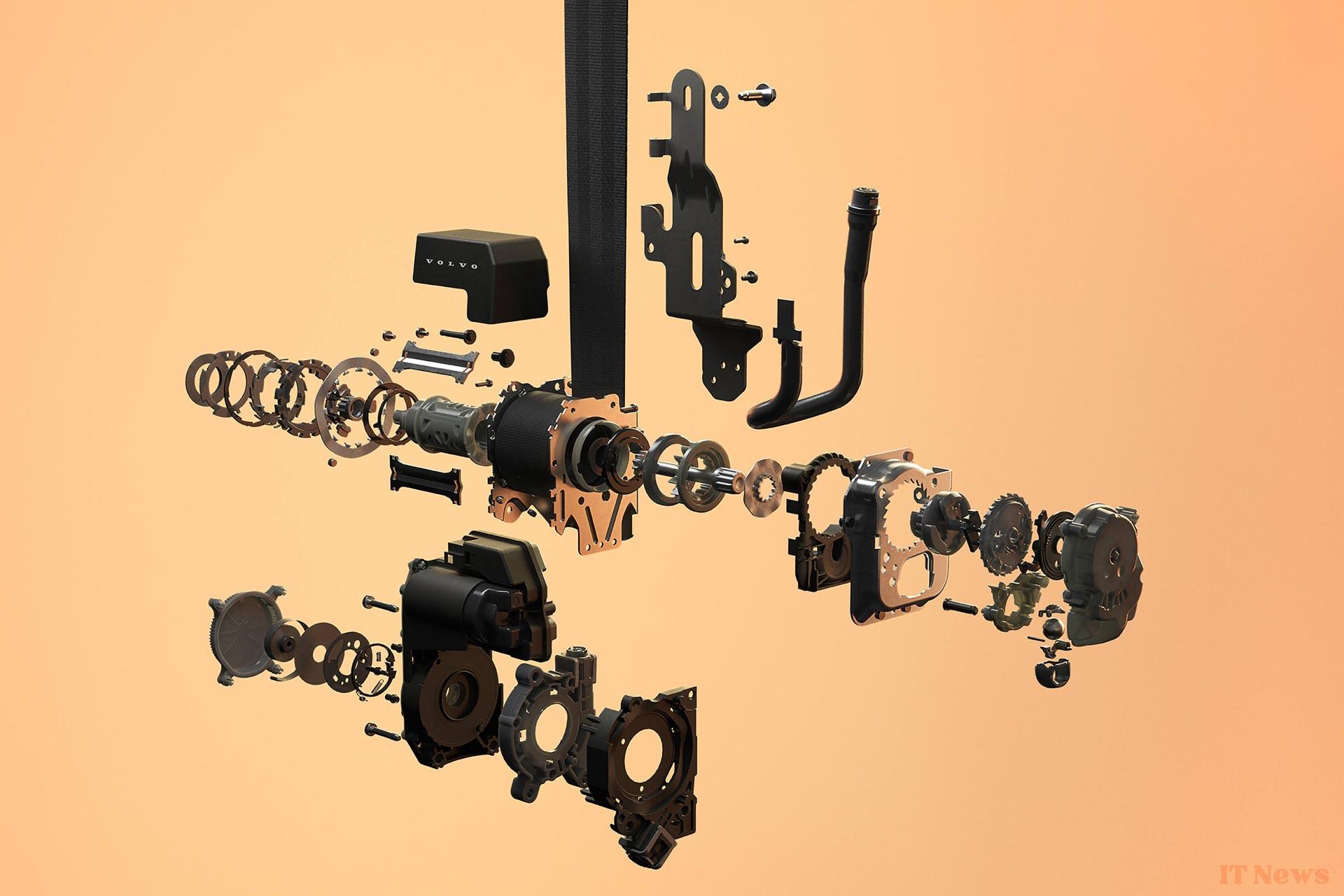Far from being a simple gadget, this "smart" seat belt is the result of in-depth consideration of the complexity of real-life accidents and the diversity of human morphologies. It puts an end to single settings or a few predefined profiles to adapt to all, or almost all, driver profiles. Thanks to a range of internal and external sensors, the system continuously analyzes the driving situation and the profile of each passenger to take into account their height, weight, morphology, and seating position. In a fraction of a second during an impact, the belt adjusts its tension optimally.
Planned to equip the future SUV 100% electric Volvo EX60 as early as 2026, this technology promises personalized protection, in real time, for each occupant.
In concrete terms, as Volvo explains, a "larger occupant will benefit from a higher tension setting to reduce the risk of head injury. However, in the event of a minor collision and if the occupant is smaller, the belt will be less stressed to reduce the risk of rib fractures." The number of tension-limiting settings thus increases from three on current systems to eleven, offering unprecedented granularity. For the Swedish carmaker, this helps optimize performance for each situation and individual.
A belt that can improve over time
“The world’s first multi-adaptive seatbelt marks another important milestone in automotive safety and illustrates our ability to leverage real-time data and our ambition to help save millions more lives,” says Åsa Haglund, Head of Volvo Cars Safety Center. This is a real accolade for this center, which is celebrating its 25th anniversary and where this technology was developed and tested.
The icing on the cake is that this new seat belt will actually become more effective over time thanks to remote software updates (OTA).
This innovation is based on more than five decades of research and a database colossal study of more than 80,000 occupants involved in real accidents. A goldmine of information that allowed Volvo to understand that safety can only be universal if it is personalized. Moreover, this belt will not work alone and is integrated into Volvo's Safe Space Technology ecosystem, in harmony with airbags, occupant detection and driver assistance systems.
The first vehicle to feature this multi-adaptive belt, the future Volvo EX60 will be released next year. This SUV is an announced competitor to the Tesla Model Y and other Audi Q6 e-trons.





0 Comments